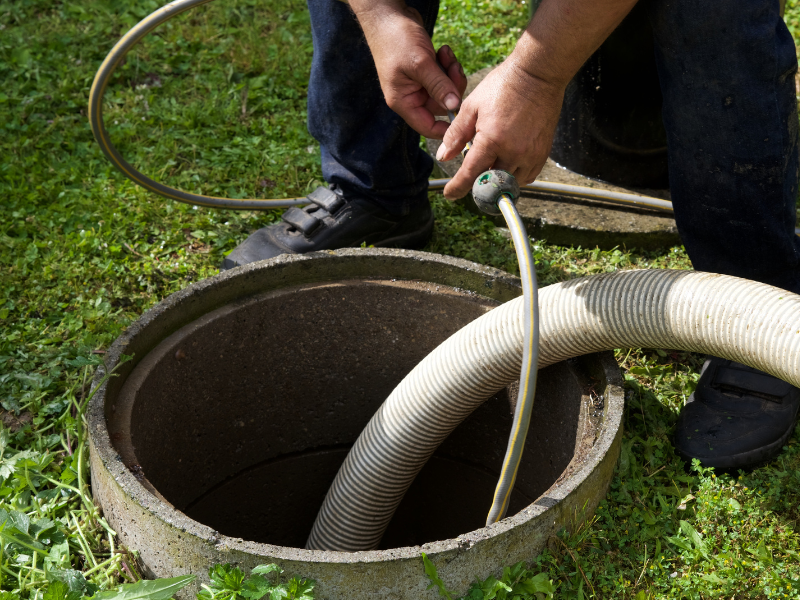An onsite sewage management system includes any wastewater infrastructure within a properties boundaries designed to hold, process, re-use or discharge, sewage or the by-products of sewage. Sewage management infrastructure can include artificial wetlands, transpiration beds, mounds, trenches, vegetation, effluent polishing, dispersal or re-use arrangements.
These include residential, public, industrial and commercial systems that are not connected to councils reticulated sewer system.
Function of an OSSM
The function of an OSSM system is to collect, contain, treat, and process wastewater either through surface or sub-surface dispersion in a sustainable manner. This is outlined in the NSW Local (general) Government Regulation, Part 29.
Public Health Risks
Public health risks relating to untreated (or poorly treated) sewage include exposure to harmful pathogens such as:
- Bacterial: Salmonella, E. coli, Shigella, Diarrhoea, Trachoma. Leptospirosis
- Viral: Gastroenteritis, Hepatitis A. Encephalitis, rotavirus,
- Protozoa: Giardia, Cryptosporidium, Dwarf Tapeworm, Threadworm, Hookworm.
Environmental impacts can include
- Wastewater pooling: (Whether treated or not) in their ordinary activities on the premises concerned.
- Odour: From poorly treated effluent from a failing tank, wastewater pooling or failing disposal field.
- Adverse impacts: the minimisation of any adverse impacts on the amenity of the premises and surrounding lands
- Bushfire damage: Above ground sprinkler and dripper systems may be damaged by the impacts of bushfire. It is important to have a licenced plumber and council to prevent immediate risk to public health and the environment.
Performance standards
If your system is of an AWTS, wet composting or waterless composting design, there may be a requirement to enter a service contract to ensure the system operates in accordance with the service manual. This is a requirement through the New South Wales Local Government regulation and Department of health requirements. Servicing will prevent the possible spread of disease, odour, water contamination and land degradation. Good performance will also discourage vermin, minimise the impacts on the amenity of the area and prevent contact with persons.
Any other NSW Health approved system that stores, treats and/or disposes of sewage and/or wastewater on-site.
